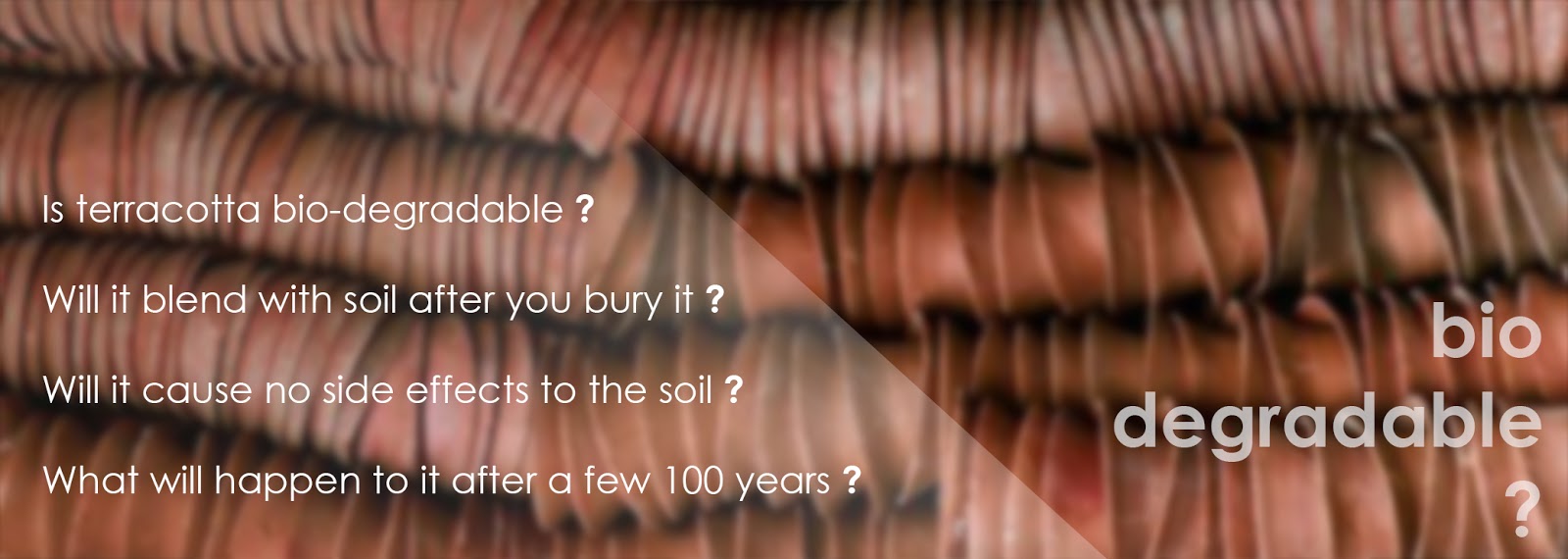Batik - a symphony
 |
| Wooden Blocks for Block printing by Kosher Designs LLP (check their products at www.kosherdesigns.in) |
History
The style of wax-resist printing, has had great feats during its evolution throughout history. The craft likely invaded the creative hearts from Asia to the Islands of Malay Archipelago and to the Middle East across the Caravan route.
Throughout the dynasties, the craft has been growing at an astonishing pace.
Sui Dynasty(AD 581-618) - China,
Nara Period(AD 710-794) - Japan,
Frescoes from the Ajanta caves, India,
Egyptian Linen(5th Century AD),
Holland(1835) saw Batik in the factories and in 1940s, Swiss imitated the craft.
And by the 1900's, by Germans' grace, batik was mass produced to touch the corners of the world at an affordable price.
In India, Batik is prominently practiced in Calcutta and a small village, Ujjain in Madhya Pradesh.
Types of Batik
Batik, as a craft and an art of expression could be achieved in various ways:
- Kalamkari (Batik using a dip pen)
- Splash Batik (wax is splashed or poured onto the fabric)
- Brushed Batik (wax is brushed/stroked onto the fabric)
- Screen Batik (stencil - similar to screen printing)
- Block Batik Print (The blocks are wax-dipped and stamped onto the fabric)
How It's done
 |
| Block making for Kosher Designs LLP (for www.kosherdesigns.in) |
Batik is a labour intensive craft with multiple of steps in the way to achieve the desired outcome.
Broadly, the process is classified as the following categories
- Preparing the fabric: Before any dyeing process, the fabric is soaked in TR oil (Turkey Red Oil) a.k.a. Sulphate Castor oil to defoam and emulsify the fabric. TR oil also acts as a surfactant that mixes very well with water and creates a milky base.
The fabric should be washed in a specialized detergent, PTD-Professional textile Detergent. This helps in de-starching, removing oils, sizing, pre-shrinking and removing unwanted marks and stains. It is always to suggested to use RTD(Ready-to-dye,) RFD(Ready-for-dyeing) or PFD(Prepared-for-dyeing) fabrics for saving time and resources.
- Stretching the fabric: The fabric is stretched onto a frame or a hoop that keeps it flat/horizontal.
- Preparing the Wax: This is a crucial step, the type/combination of wax used defines the amount of cracks in the design. Usually, Bee-wax and Paraffin-wax and amber are used in desired proportions. Bee-wax provide lots of cracks whereas Paraffin restrict the cracks (Bee-wax and Paraffin in 30:70 ratio.)The wax mixture is prepared in double boilers, electric wax pot or traditional fire pots at the temperature range of 220-240 degrees.
- Wax application: As mentioned above, wax could be applied in number of ways to suit the desired outcome. We can use splatter/splash, dip, brush, pen, block or screen for the application.
- Preparing Dyes: For Batik, Fibre-reactive/Vat dyes are mixed in lukewarm water tubs for best results. The chemical bonds of these dyes are permanent, hence the color doesn't withers off after the final processing.
- Naphthol Dip: All the Cold reactive dyes are done in two steps. First, there is naphthol dip which determines the final color outcome.
- Dyeing the fabric: After the Naphthol dip, the final dipping of the fabric takes place according the color requirements. Second bath is a diazotized base/salt solution which forms non-washable dye molecules within the fibres.
Lightest colors to be put on first and successively we move onto darker colors.
- Rinse and Wash: Before the fabric is dipped into other colors, rinsed with Synthrapol and is allowed to dry properly. Note: only cold water is used in order to prevent the wax from washing away.
- Re-Dyeing the fabric if required
- Wax removal: Removing the wax by dipping the fabric into boiling water. The water is heated with the a hint of PTD to simmer/boiling temperature, fabric is dipped and stirred slowly to completely remove the wax. This boils away the wax, which you can collect later.
After the removal, not more than 40% of the originally used wax is recovered which could be reused for wax resisting.
Our People
- - - x - - -
Batik, with its ever distinguishable beauty of cracked colored and resisted motifs, is an ever-demanded craft.
- The imaginations to life -
 |
| Batik Cushion Covers by Kosher Designs LLP (for www.kosherdesigns.in) |
 |
| Batik Cushion Covers by Kosher Designs LLP (for www.kosherdesigns.in) |
Please get back in case of queries or dispute at letstalk@kosherdesigns.in
(Blogging with an intention of mass education)














Good read..very informative article for Indian traditional art form.
ReplyDeleteThank you for the feedback.
DeleteSo beautiful. ,😊
ReplyDelete